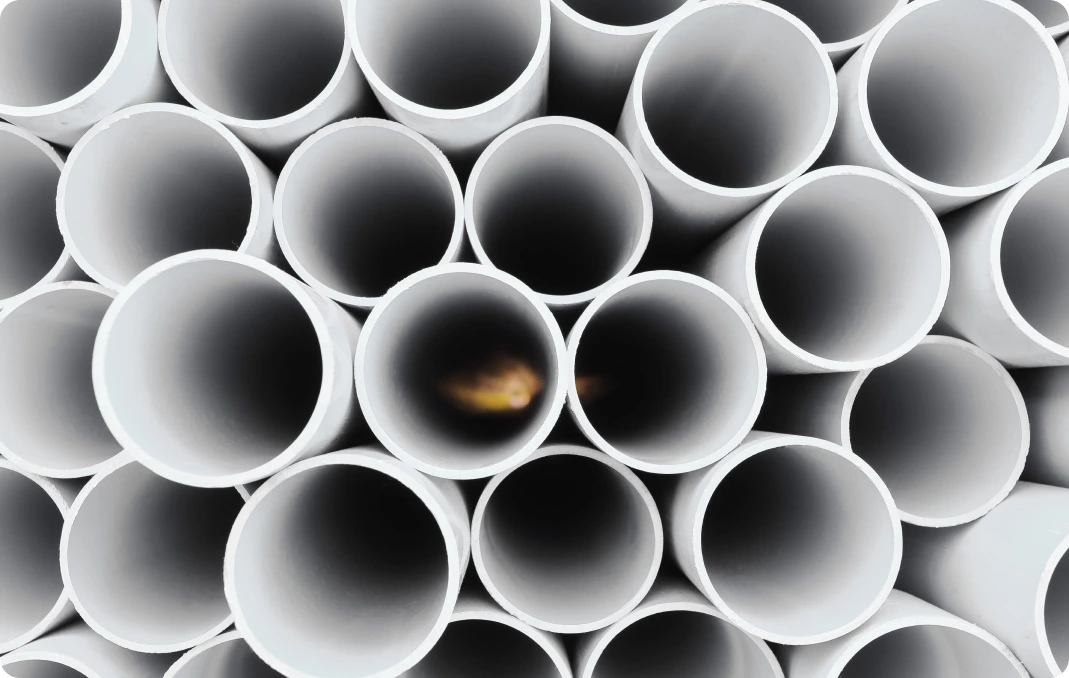It’s hard to imagine a world without plastic. From the moment we wake up to when we go to sleep, this material is part of our daily routine—whether it’s in our toothbrush, kitchen tools, phones, or countless other items. Yet, just over a century ago, plastic as we know it didn’t even exist.
Initially praised for its practicality and affordability, plastic opened the door to mass production and broader access to many goods. Today, it remains essential in fields like medicine and technology. However, its overuse—especially of single-use items—has become one of the most pressing environmental issues facing the planet.
Plastic has made its way into every corner of the Earth: from deep ocean trenches to human bloodstreams. Let’s take a look at how it all began.
When was plastic invented?
Even in ancient times, natural plastic-like materials such as amber, rubber, and tortoiseshell were used. But the journey toward synthetic plastic began in 1862, when British inventor Alexander Parkes introduced Parkesine, considered the first semi-synthetic plastic. It was created as a cheaper alternative to ivory.
This early innovation was followed by the development of celluloid, widely used in the early film industry.
The birth of fully synthetic plastics
The first entirely synthetic plastic came in 1907, thanks to Belgian-American chemist Leo Baekeland, who invented Bakelite. Durable and heat-resistant, it could be mass-produced and marked the beginning of the plastic age.
As the 20th century progressed, petroleum and chemical companies began exploring new materials using byproducts from refining processes. In 1933, an accidental chemical reaction involving ethylene and oxygen led to the creation of polyethylene—now the most widely produced plastic in the world. It was first used as insulation for radar cables during World War II, then quickly adapted for consumer products like plastic shopping bags.
Around the same time, other innovations emerged in the United States, including nylon and Teflon.
The development of diverse plastic types
Many of the plastics we know today were developed throughout the 20th century:
-
PVC (polyvinyl chloride): Originally discovered in the 1800s, it didn’t gain commercial value until the 1920s when American inventor Waldo Semon created a flexible version. PVC is now used in everything from shower curtains to plumbing pipes.
-
Polystyrene: Often used in food containers and packaging materials.
-
Polypropylene: Found in disposable masks and bottle caps.
-
PET (polyethylene terephthalate): Introduced in the 1970s, it’s commonly used for beverage bottles.
The global plastic boom
Plastic production remained relatively limited until the 1970s. After that, it skyrocketed. According to the United Nations Environment Programme (UNEP), if current trends continue, global production of virgin plastic could reach over 1.1 billion tons annually by 2050.
Despite efforts to recycle, less than 10% of all plastic waste has been recycled. The rest has ended up polluting our land, oceans, and even our own bodies.
